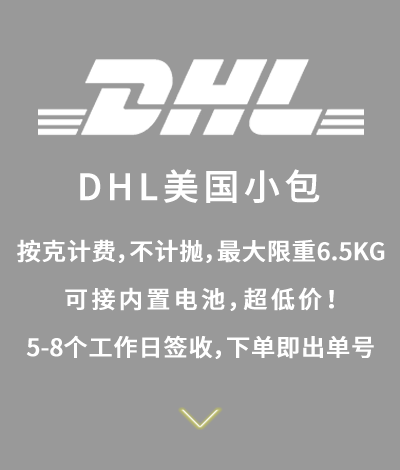Knock on the blackboard! An Interpretation of Amazon's New Policy of Warehousing Upgrading
At this stage, Amazon sellers basically send FBA, the reason is simple, the main Amazon FBA is convenient and fast, and easy to build brand, but also can get more service support from Amazon, but it is precisely this factor that causes FBA to become a big cancer. Why do you say that? Because the bigger Amazon sellers do, the less money they can see. All the money is in the goods. Then when you get to a certain scale, Amazon VC will come to you, forcing you to switch to Amazon self-management, not to change. So the whole ecosystem has actually evolved: small sellers work for big sellers and big sellers work for Amazon. Despite this, there is still a wave of Amazon sellers, which may be the charm of cross-border e-commerce. It is precisely because of the heat of FBA, and also caused the fire of FBA warehousing. Because Amazon has strict storage limit for every seller, once the warehouse is overrun, you can no longer ship to the FBA. Of course, Amazon's system will continue to increase your warehouse quota as your sales rate increases, but this response is too slow, especially in the peak season, it is difficult to solve the problem of insufficient warehouse quota for sellers. Therefore, a bunch of practices such as paying for warehousing and black technology warehousing emerged as the times require. How to put it? These services did help Amazon sellers at a specific time, but also because of the proliferation of warehousing promotion, which finally touched Amazon, Amazon began to decide in July 2018 to implement a new FBA warehouse quota policy, radically changing the previous overseas warehouse quota restrictions, so black technology has no use. Here's Xiaoyun's introduction to Amazon's new policy of warehousing. Amazon introduced a new concept in the background: Inventory Performance Index, which sellers can see under the Inventory-Inventory Planning section of their accounts. First of all, let me talk about the approximate usefulness of this index. You can see the figure below. This index has a benchmark of 350. If your background benchmark exceeds 350, then congratulations, your FBA storage limit will become infinite. Since then, you have escaped from the limitation of FBA stock quota, and you don't have to worry about whether you want to raise your warehouse or not. Moreover, both standard size and oversize are equally infinite. Of course, this index is not constant. Amazon will update it quarterly. If you don't have 350 in the next quarter, the unlimited limit will be cancelled in the next quarter.
But if your Inventory Performance Index is below 350, it's tragic. First, your storage limit will be controlled and downloaded quarterly. For example, the current quota is 10W, even if 10W is your money or black technology upgrade, but the index score is not enough, the next quarter will still give you 5W. At the same time, if the storage limit is lowered, for example, from 10W to 5W, but if the FBA warehouse still has 8W of goods, the excess part - 3W of inventory, but also charged an additional Inventory Storage Overage Fee, very pitfalls. In this case, what kind of black technology do you dare to use, or spend money to upgrade? You will be killed by the money. Of course, if you follow up well, you can get an unlimited quota of 350 and update it in three months of a quarter. Now that everyone knows the importance of this index, let's analyze several important factors that affect the index value of the Inventory Performance Index. As shown in the figure below, the account score is good, 464 points. Then you can look down, the factors that affect the index value are mainly composed of the following points:
1. Excess inventory percentage
2. FBA in-stock rate
3. Strand inventory percentage
Next, I will analyze the three factors that affect the index value. First look at this Excess inventory, which is relatively simple, meaning unsalable inventory. Many people send a lot of goods in the past, but they have not been able to sell. According to the sales rate, most of the inventory may be charged a long-term warehousing fee. The fewer such unsalable goods, the better. Second, what does stranded inventory mean? This is a little different from the first one. Sometimes some of your listing infringement, or audited, or off the shelf, and so on, causes these stocks to stay in the warehouse. This kind of stock is defined as stranded inventory. The third is in-stock inventory, which means that your listing can't be out of stock. You have to maintain a fast but continuous product sales. Amazon will think you can't make a good inventory plan if it's always out of stock, so this piece will give you a low score ratio. This also affects the overall Inventory Performance Index value. To put it bluntly, we must replenish the goods in time. Too long and too much out of stock will affect your score. So if we want to achieve the goal of unlimited FBA inventory, we want to achieve an index of 350 points. We need to work on these three aspects. The first point and the second point are actually better to do. We should try our best to dispose of the backlog and destroy it if we can't dispose of it. We have an associate in the Amazon backstage set up an automatic cleaning mechanism, once the collection of long-term storage fees, immediately automatic destruction. This is necessary. The second is some lis.




















